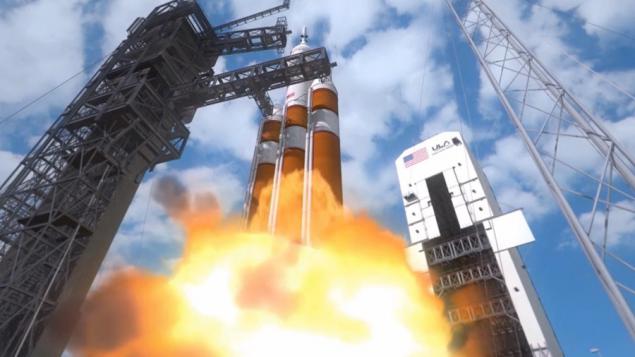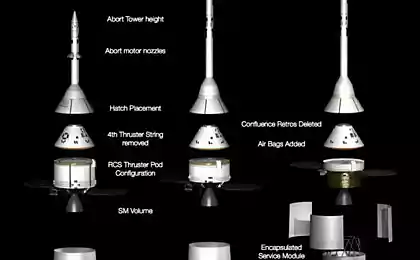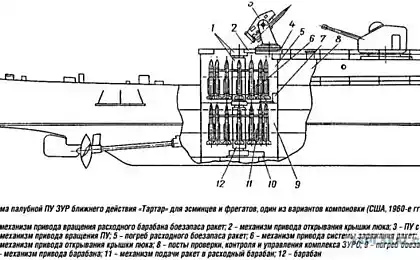Spaceship Orion successfully entered orbit (and successfully returned to Earth)

Implementation of one of the most promising projects to create reusable spacecraft is successful. Today manufactured successful launch of the ship Orion , followed by a successful access to the orbit.
It is worth noting that to achieve orbit, held within 20 minutes after the start. Orion was sent into space with a heavy launch vehicle Delta IV. Earlier start planned for December 4, but it was postponed due to several adverse factors: strong wind, suspected problems with the engines (it turned out to well) and swims next to the spaceport ship.
a few tens of minutes the spacecraft will enter the high orbit, about 5, 8000 kilometers above the earth. This is 14 times the height of the ISS orbit. In high orbit Orion will stay about two hours before returning to Earth. When returning the ship enters the Earth's atmosphere at a speed of about 32 thousand kilometers per hour, with heating guard capsules to 2, 2 thousand degrees Celsius.
The main objective of the current run - check the ship in "field" conditions, that is already a direct testing of all systems at the start and return the ship to Earth. It Orion will be used to send astronauts to orbit the moon, when there deliver an asteroid and Mars (only then it will be used in super-heavy launch vehicle).
UPD. B> Orion spacecraft successfully completed its mission, drive in the Pacific Ocean.
By capsule spacecraft has sent scientists and the military, now the main task - to immerse the capsule to the ship and deliver to the destination to study the effects of flight.
Amazing visuals of #Orion 's return from @ NASAArmstrong Ikhana aircraft. pic.twitter.com/psYbvyxvxP - Orion Spacecraft (NASA_Orion) December 5, 2014 blockquote>
It is worth noting that the flight Orion, in total, was more than four hours. In this case, the ship passed through the Van Allen radiation belt. As planned, at the end of the flight capsule Orion entered the Earth's atmosphere at a speed of about 30,000 kilometers per hour, warmed to a temperature 2, 2000 degrees Celsius.
On board were installed sensors (more than a thousand units), which will help scientists explore the progress of the flight and its effect on the condition of the vehicle.
Source: geektimes.ru/post/242514/
Also:
bashny.net/admin/2014/11/07/kak-izvestno-po-tipu-ispolzovaniya-vidov-energii-suschestvuet-3-vida-dvigateley-benzinovye-elektricheskie-i-gazovye.htmlbashny.net/admin/2014/11/10/legkovye-avtomobili-v-odesse.htmlbashny.net/admin/2014/11/19/loreal-professional-kachestvennaya-kosmetika-proverennaya-vremenem.html






















